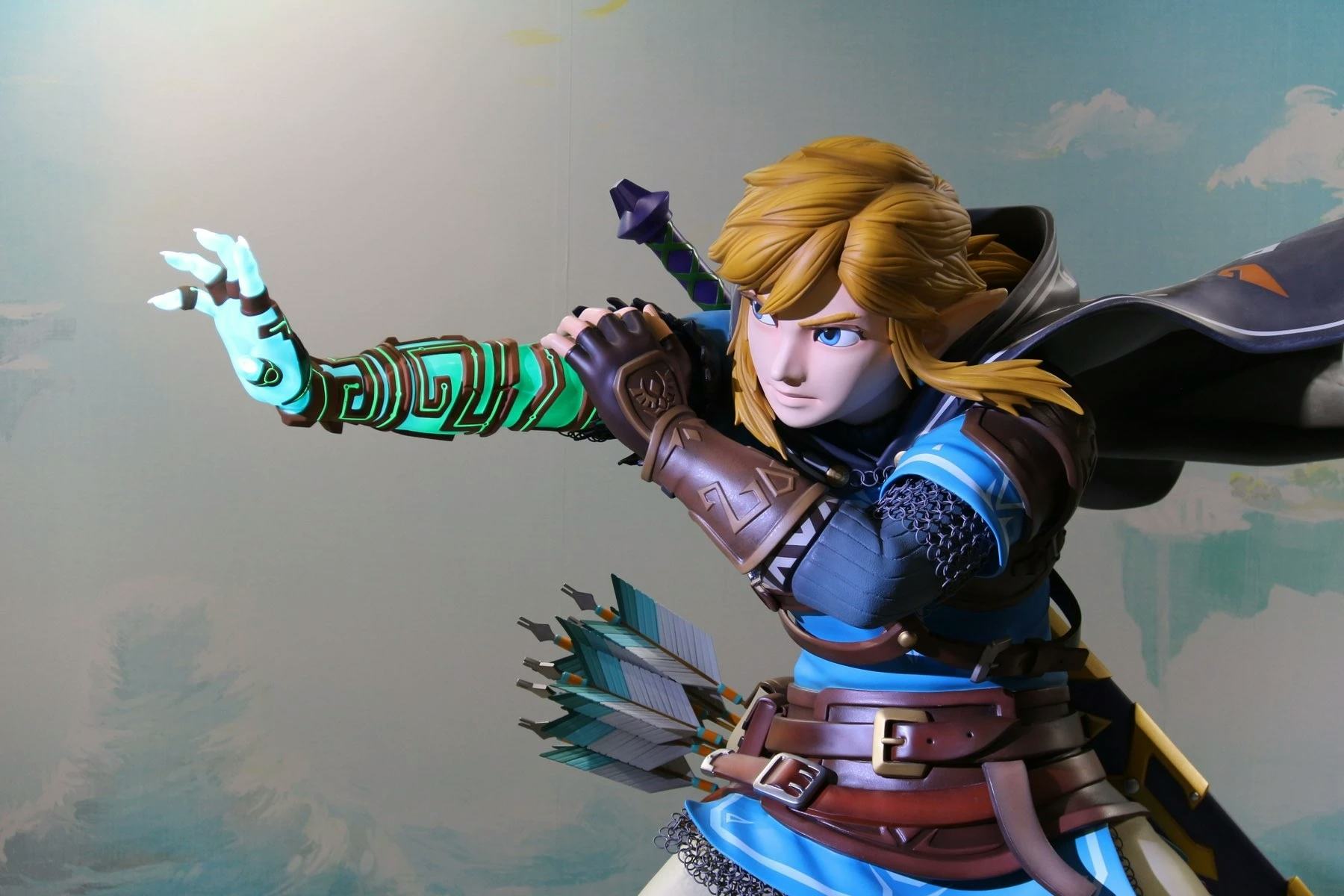
My combat skills were too rusty to infiltrate the small fortress (with strangers watching, anyway).
So it was time to plot a stealthy aerial incursion. My fantabulous flying contraption consisted of three barrels stuck together in a haphazard clump beneath a hot air balloon. It wobbled worryingly even before it was off the ground, but I hopped aboard, zipping upward with no way to steer. No matter — once I was high enough, I’d glide toward my destination, telling the flock of club-waving Bokoblins to kiss my grits.
I didn’t see the snaggle-toothed sniper. But he saw me just fine. And it turns out that my flying wad of wood was every bit as rickety as it looked. A single shot blew it to kindling, which rained down on my head as I dizzily staggered to my feet. A familiar piano tinkle informed me of my demise.
I couldn’t help but chuckle. It’s good to be back in Hyrule after all these years.
The long-awaited sequel to The Legend of Zelda: Breath of the Wild is nearly here, and my two-hour demo of Tears of the Kingdom earlier this month strongly suggests it will have been worth the wait. Breath of the Wild offers players a Vegas buffet’s-worth of choice for how to approach any given situation, and its sequel sweetens the deal by adding a plethora of new tools to bend the world to your will — and just as many new ways to get a Game Over.
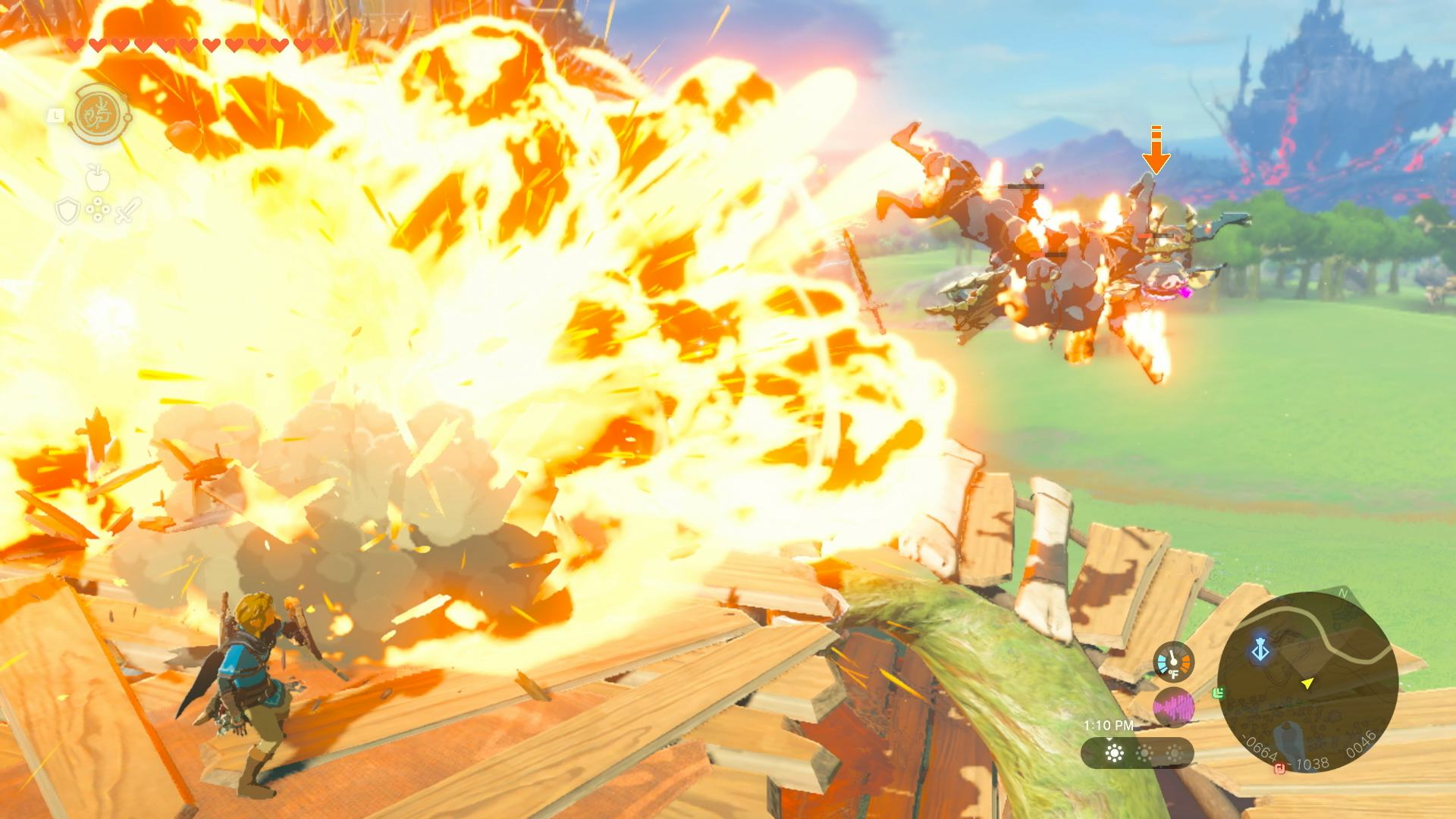
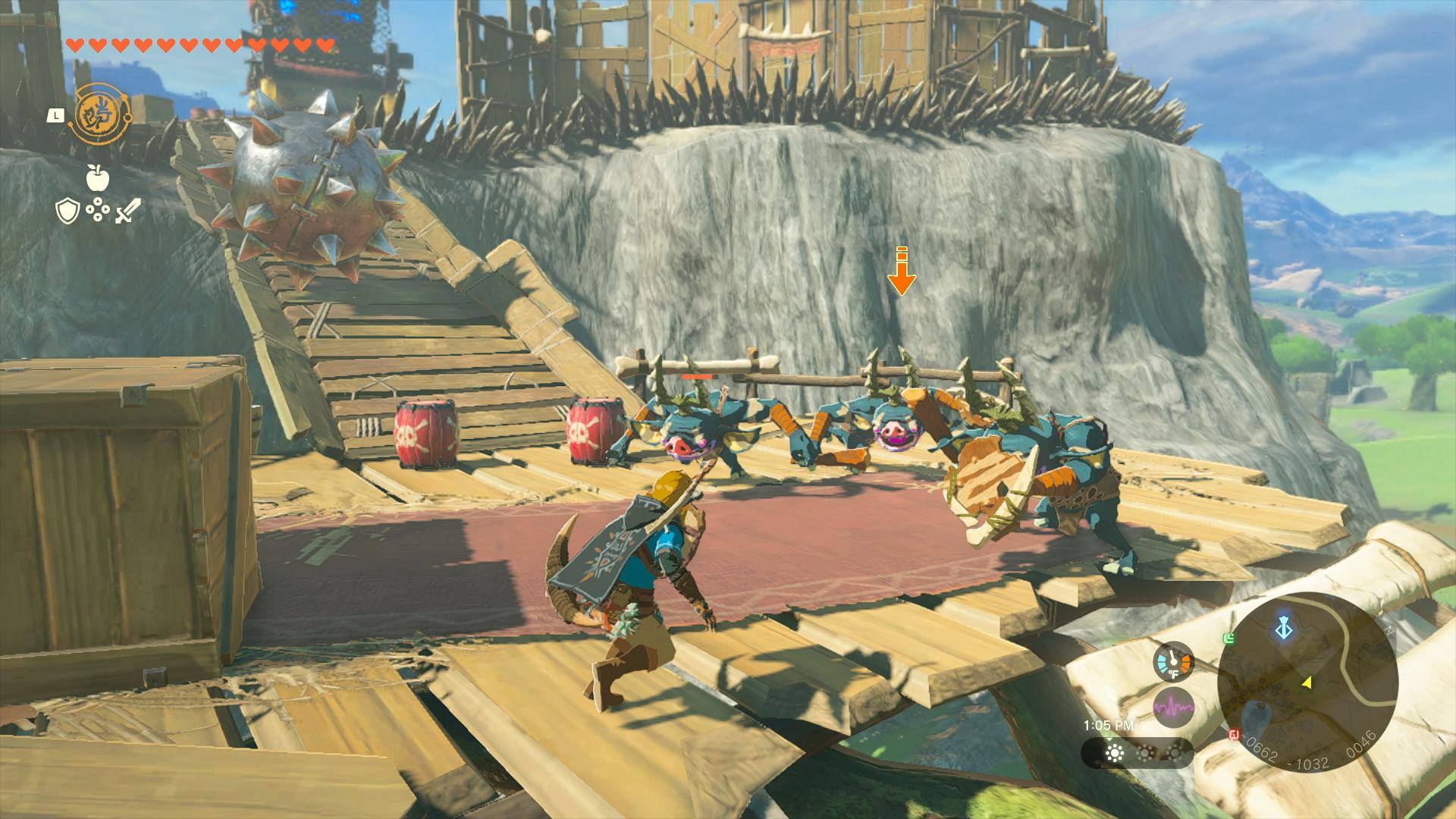
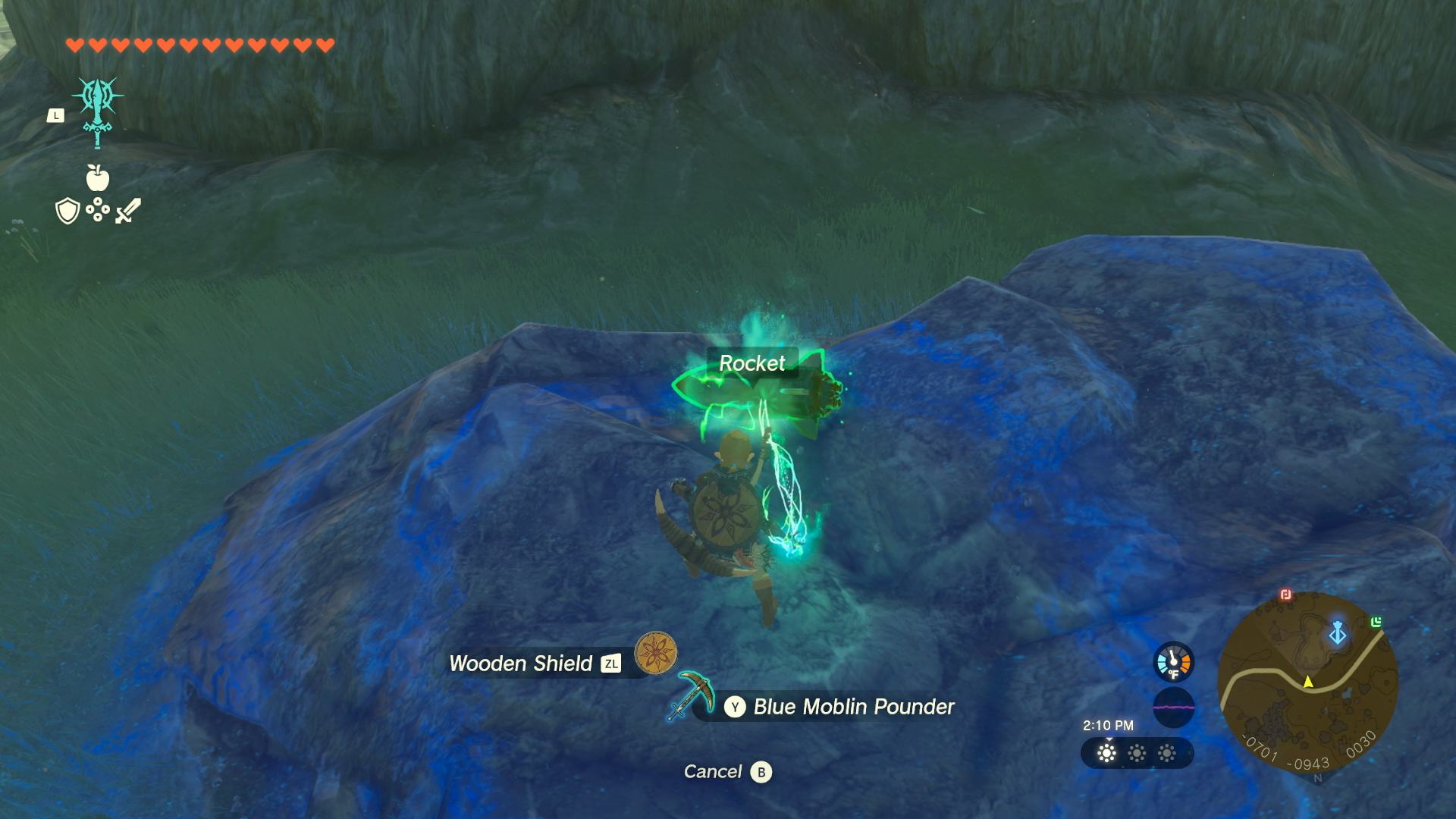
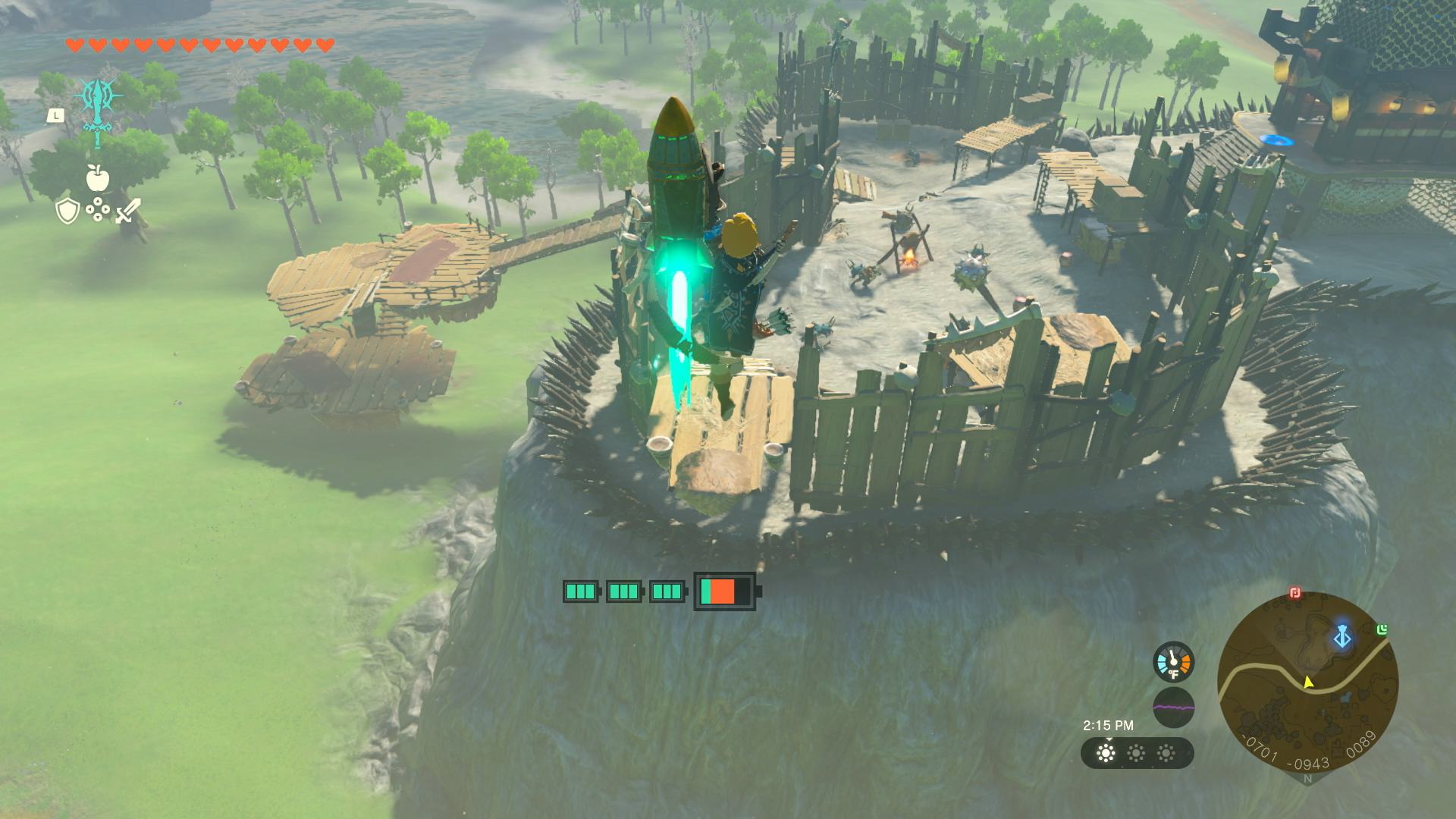
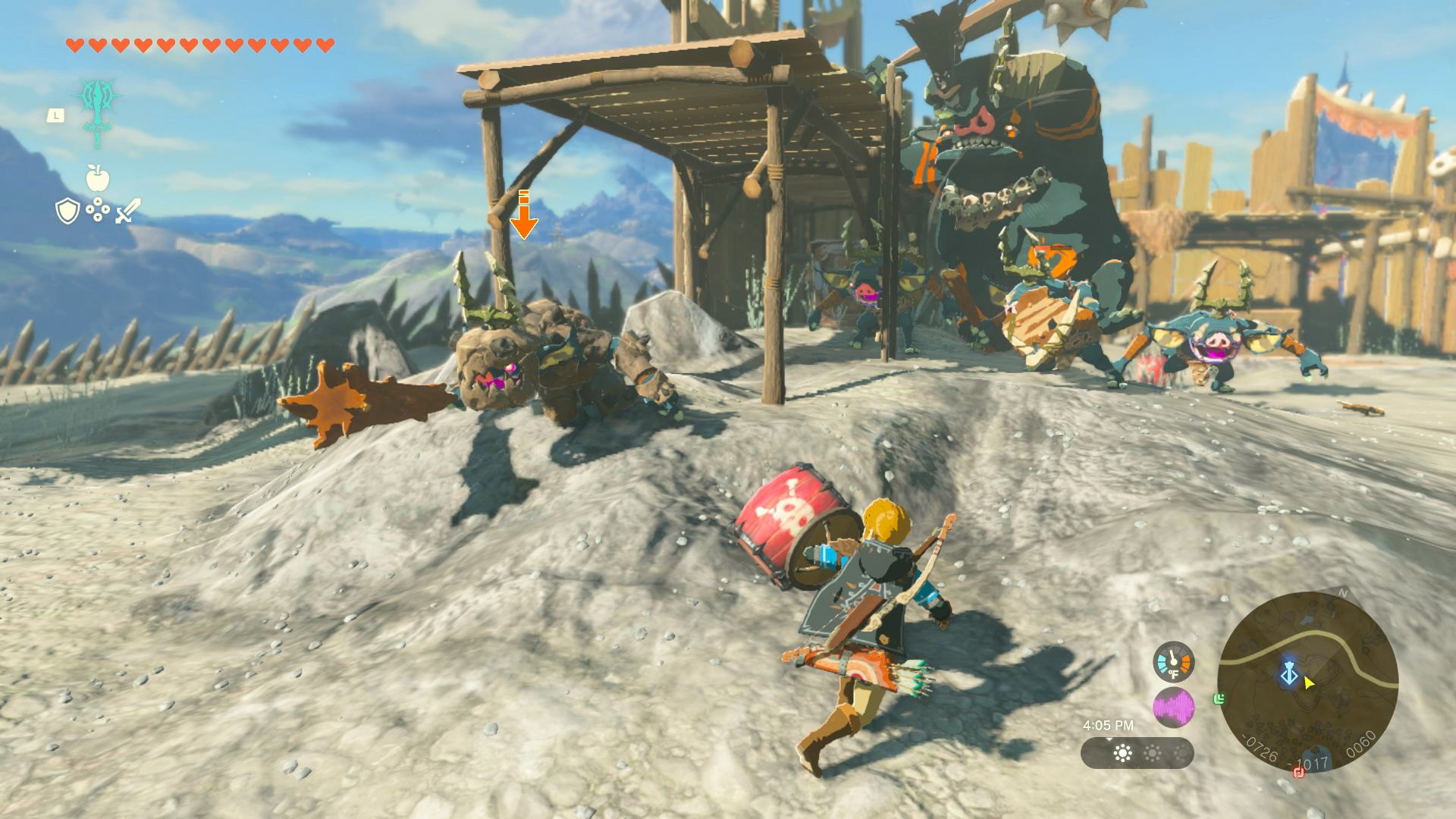
Breath of the Wild is often remembered as the game that launched the Nintendo Switch into the stratosphere (even though it was also available for the Wii U). And while the console has gone on to sell more than 120 million units in the six years since. But in those early days of 2017, it wasn’t exactly a sure thing. Some cheerful doomsayers even predicted Nintendo would go the way of Sega post-Dreamcast and stop making hardware entirely.
Revisiting Breath of the Wild in 2023, you can’t help but see Nintendo’s spirit of experimentation woven throughout. The Switch’s first Zelda game was developed before players got their hands on the console, and some of its pioneering design choices land better than others. For instance, bite-sized Shrines are great for handheld and shorter play sessions, but I’m really hoping those fiddly motion-controlled maze puzzles don’t make the jump to the sequel.
If you’re looking for a dramatic visual overhaul, well, you aren’t going to find it here. Scenery and character models are very similar to those of Breath of the Wild, with some more intricate fine details on objects, buildings, and clothing. I noticed the largest improvement with pop-in and draw distances, which is especially welcome in an experience where I expect to spend a significant amount of time falling (or gliding) from great heights.
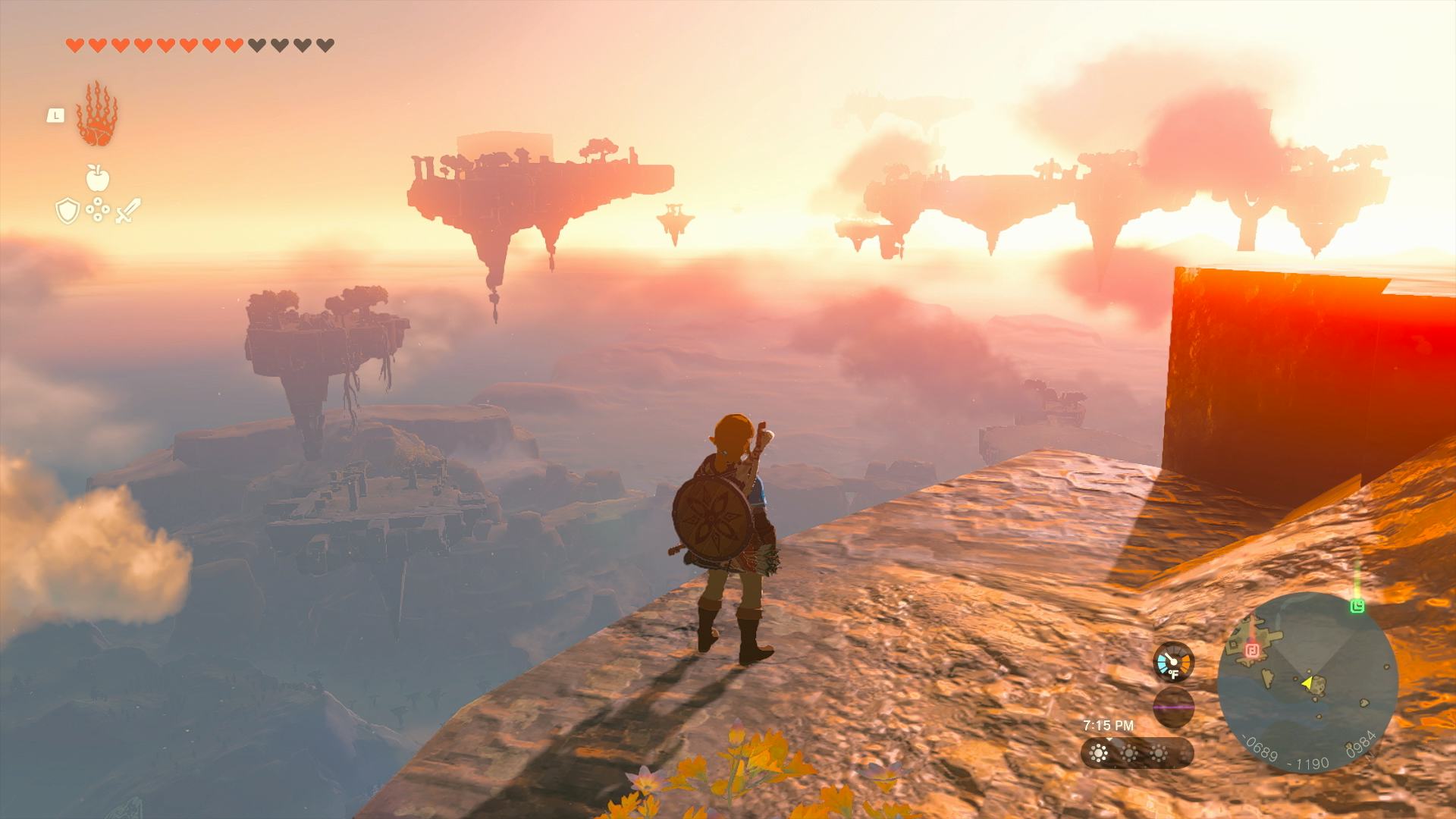
From a gameplay perspective, Tears of the Kingdom doesn’t dabble in gimmicks quite as much as its predecessor, instead doubling down on what works. It dives deeper into mechanics that resonated with players (building stuff) and quietly ditches elements that weren’t quite as interesting (ice columns).
While my demo was entirely confined to areas of Hyrule and the sky islands that were conspicuously devoid of environmental or NPC spoilers, I came away with the impression that the core mechanics of this sequel are both more complex and more intuitive at once, with less of a clear demarcation between “puzzle areas” and “traversal areas.” You’ll be using more of Link’s skills more often, which makes Tears of the Kingdom feel like a true evolution from Breath of the Wild in a mechanical sense.
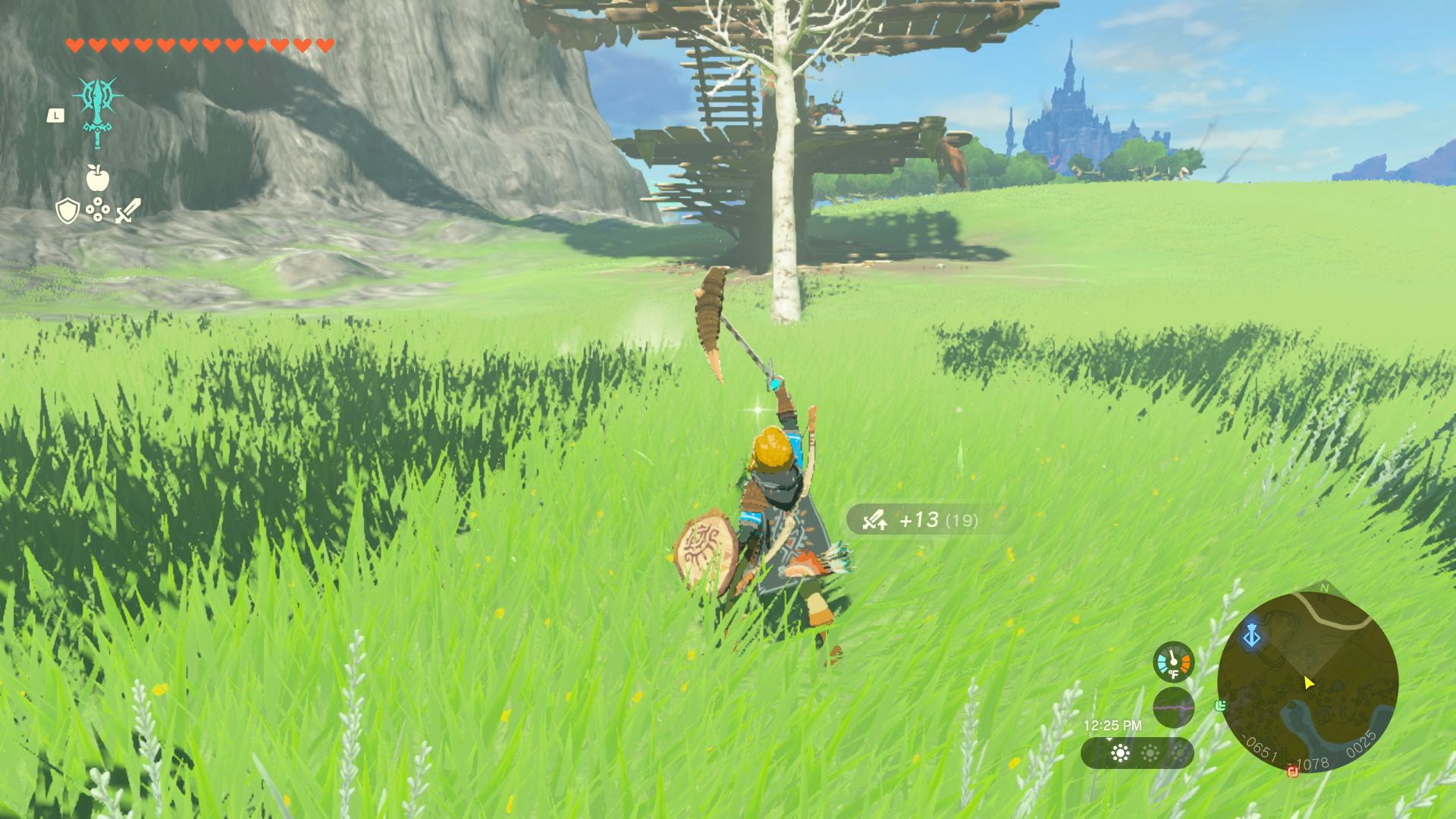
During my demo, I used two of Link’s abilities more than others. The first is Fuse, which allows our Hylian hero to attach all manner of random items to his weapons and armor. Yes, you can make meat swords and mushroom shields for goofs, but there’s plenty of super useful options too — run-of-the-mill junk like boulders and boxes can make for some surprisingly powerful weapons. You can fuse with items that you find in the environment as well as stuff in your inventory.
Fuse should appease the weapon degradation cranks out there, and also opens up loads of wild possibilities for combat. At one point, I found a pair of ridiculously large hooks, each easily double the height of Link. I attached one to my sword and the other to my shield, and reigned terror upon the baddies of the sky islands. Biceps be damned — if you can fuse it, you can wield it. I’m very excited for my further adventures with giant hooks and other completely nonsensical weapons.
Frankenswords aside, the defining mechanic of Tears of the Kingdom will likely be Ultrahand, the mechanic used to combine objects into Rube Goldberg vehicles that allow you to take to the air and sea in search of treasure and trouble. When you activate Ultrahand, a layer of Nickelodeon slime appears around the edges of an object, highlighting surfaces ripe for attachment. Once you connect one or more things, they’re treated as one single object (though you can shake them apart with a button hold and controller jiggle).
At first, you’ll be building pretty simple stuff, like sticking a propeller fan onto a raft, or onto the back of a cart to go zipping along a set of rails. Before long, though, you’ll see every junk heap you stumble across with new eyes. (Who cares about saving Hyrule for the bazillionth time when I can sail the skies in my ultimate pleasure barge, growing fat on baked apples as the Calamity reigns?)
What’s not so great is that rotating larger objects and wrangling the camera can make construction with Ultrahand rather fiddly — and almost certainly an accessibility barrier for some players. (There are ways to streamline building as you progress, but even relatively straightforward tasks will still require some challenging hand contortions.) That said, there’s a staggering level of latitude here for creativity and expression, and its going to be delightful to see what players manage to dream up with this new set of tools.
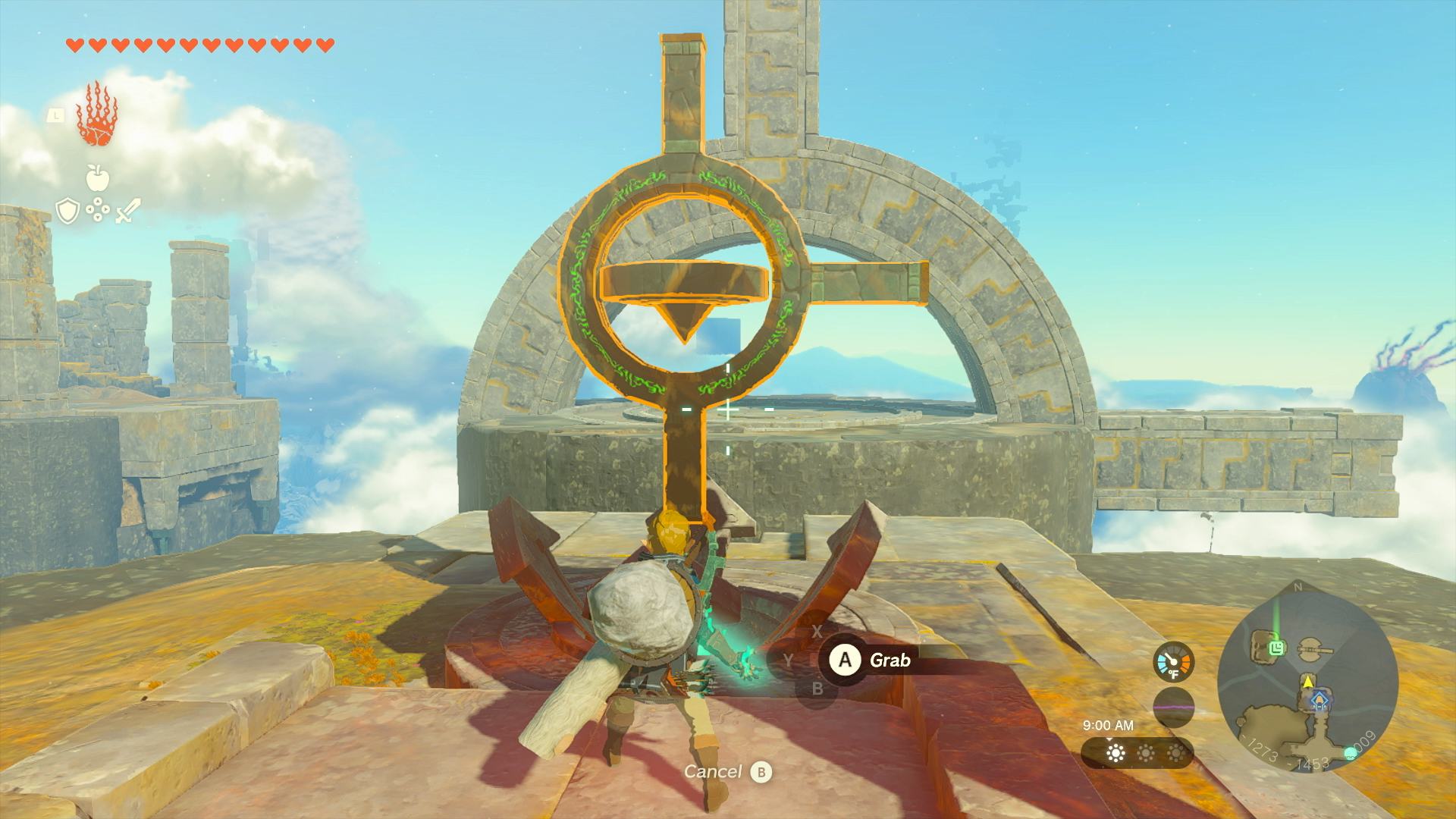
You’ll also use Ultrahand for a new kind of puzzle in the sky islands, where you manipulate a small replica of a stone structure, Rubik’s Cube style, in order to create a traversable path for Link. The rather simple instance of this in my demo was pretty forgiving, and I hope that carries through to more complex iterations of this mechanic.
Breath of the Wild has spawned countless copycats and clones in the six years since its release. Very few of those have come close to replicating the game’s sense of boundless possibility (Elden Ring is probably the closest), but Tears of the Kingdom does this without even the barest hint of plot to pull me forward. I saw very, very little of the game’s map or story. Yet I could have contentedly tinkered around in that little, spoiler-free nook of the world for a couple hours more. My two hours with Tears of the Kingdom felt like twenty minutes, in the best possible way.
Clear your calendars, kids. There’s a whole lot to look forward to here.
The Legend of Zelda: Tears of the Kingdom launches May 12 on Nintendo Switch.







